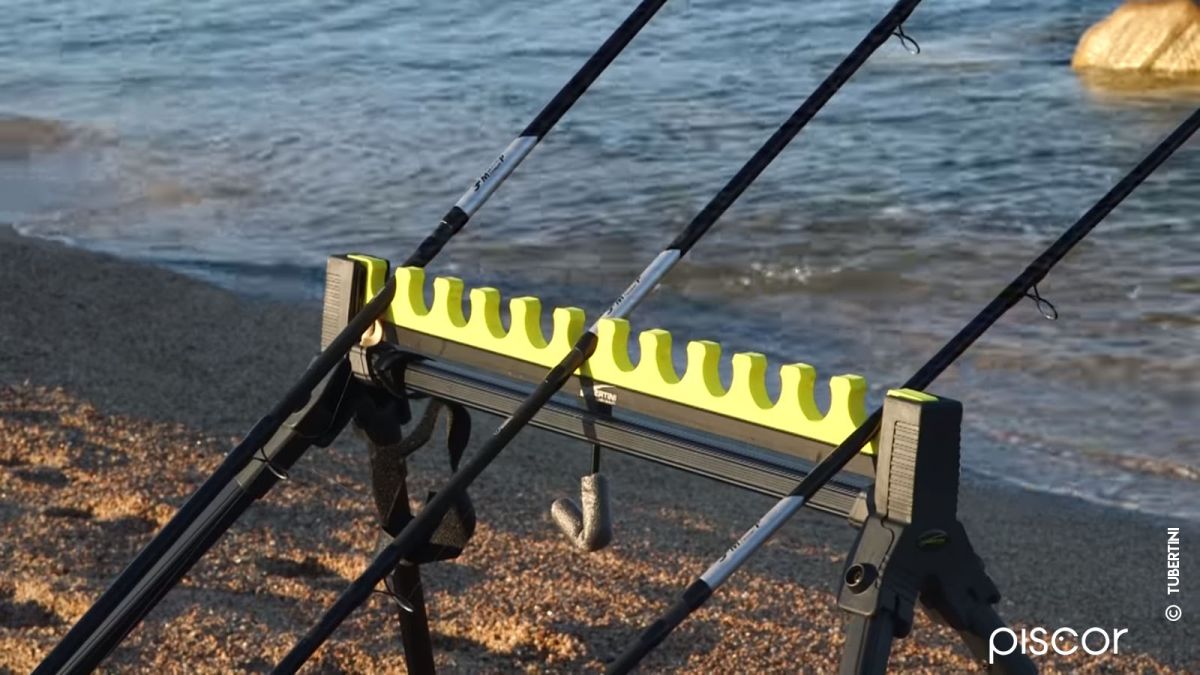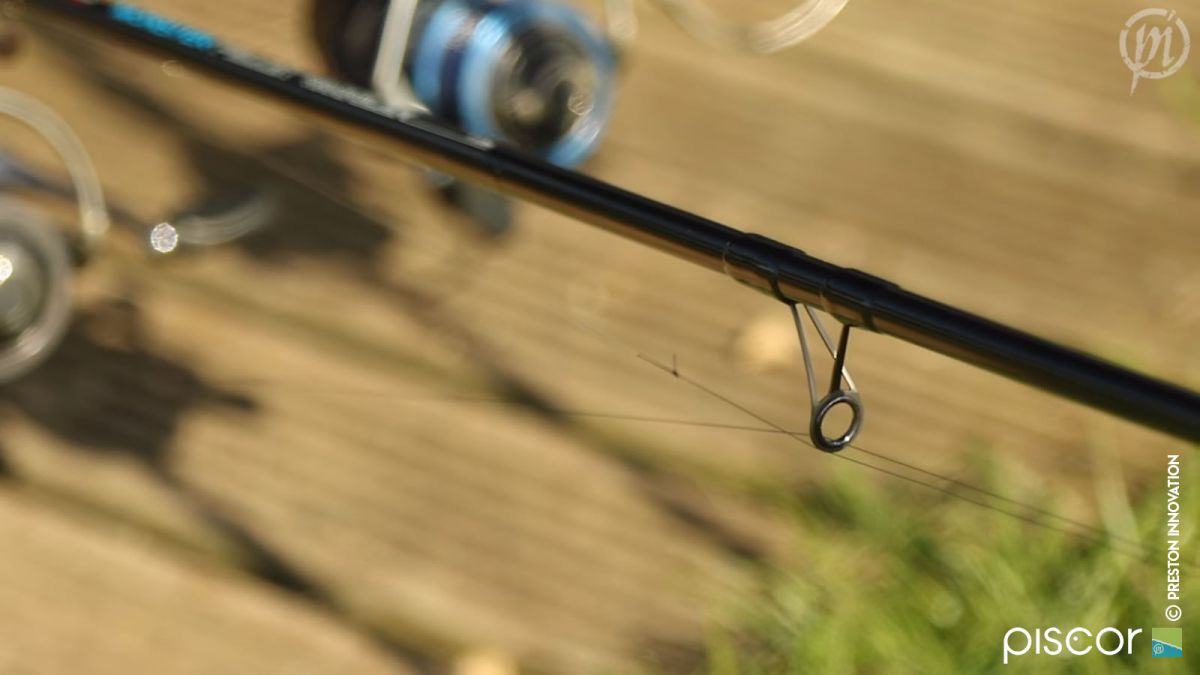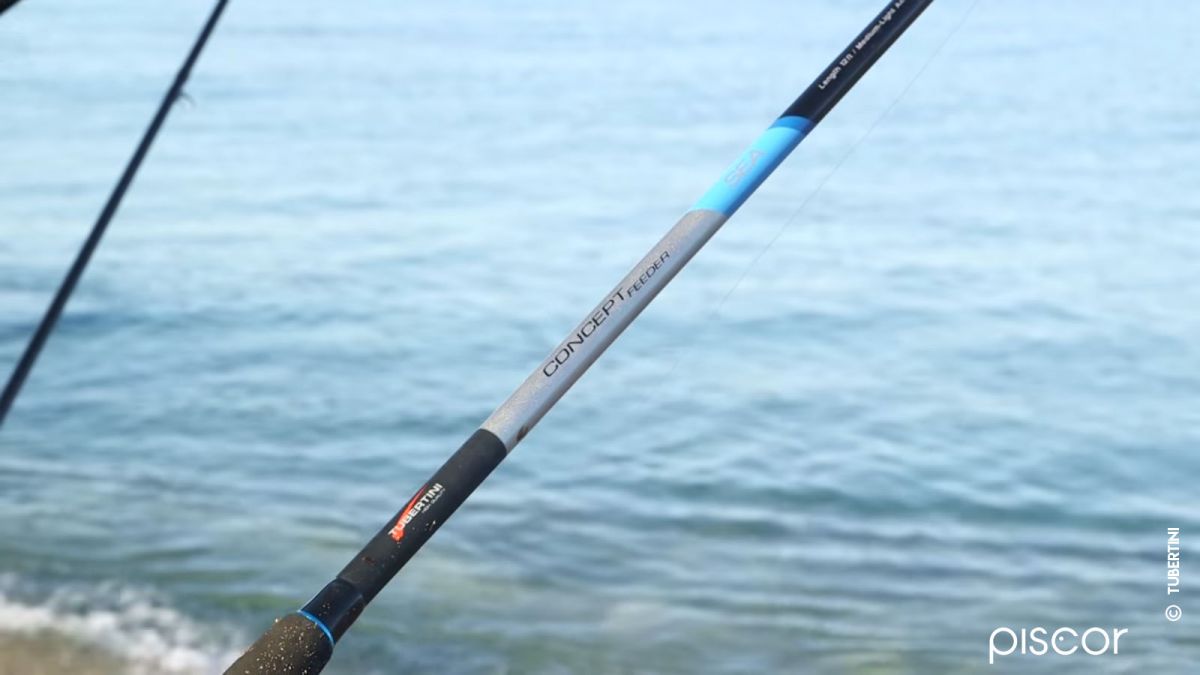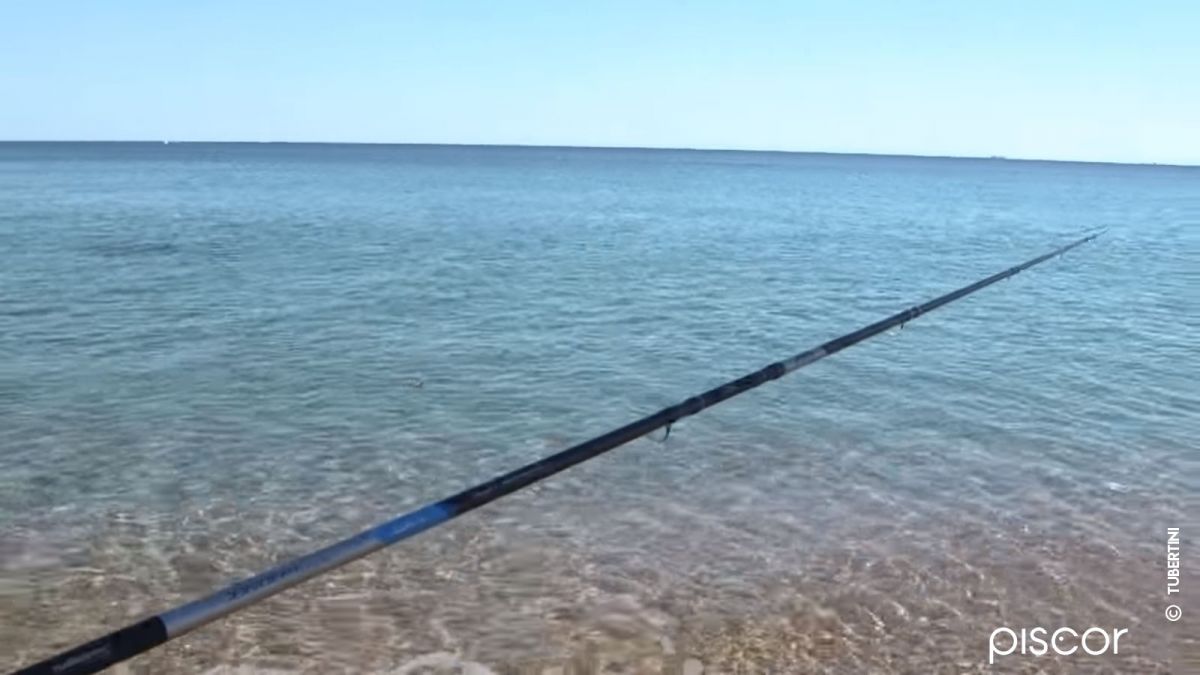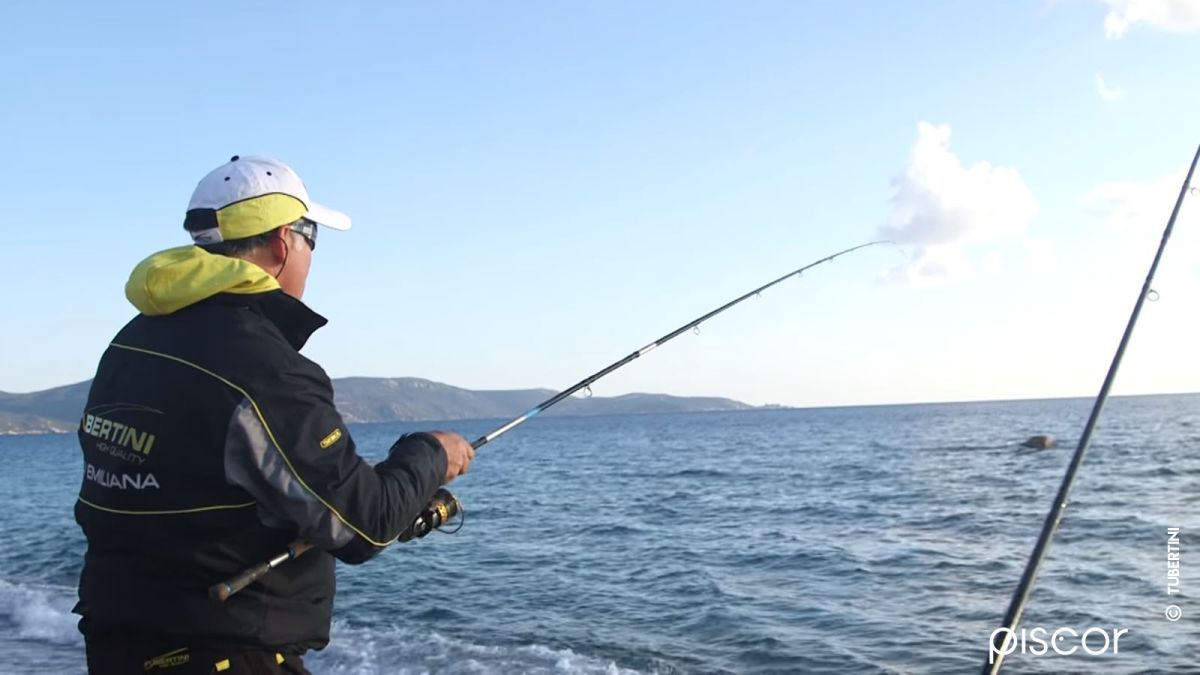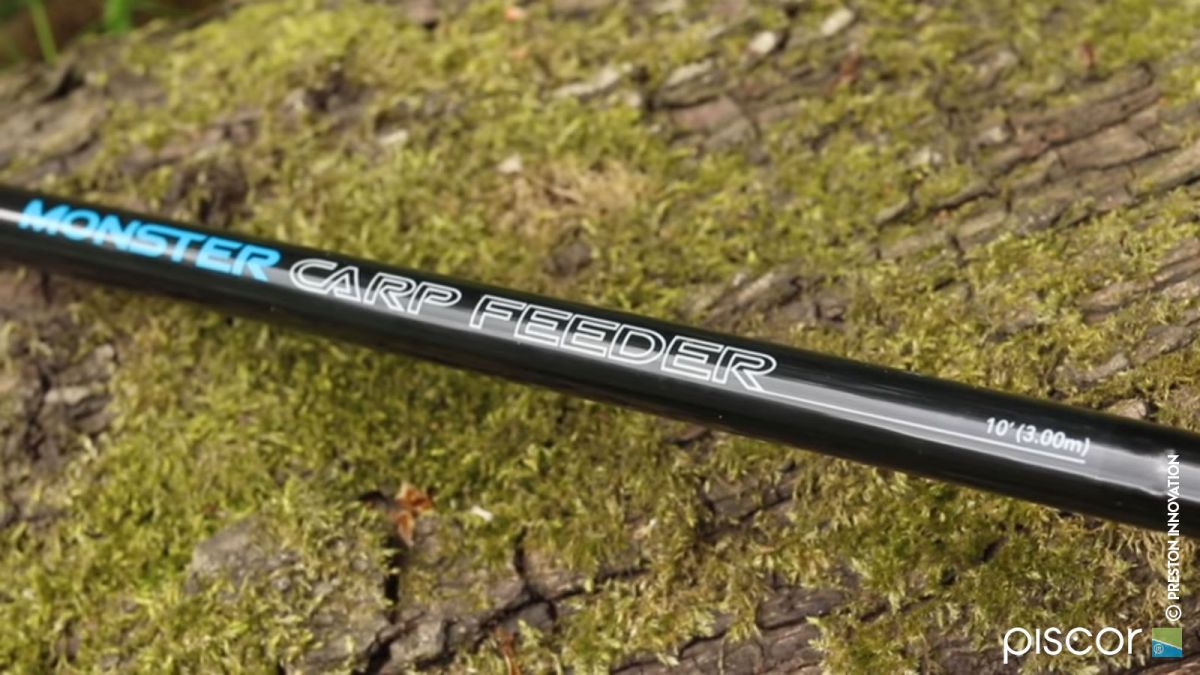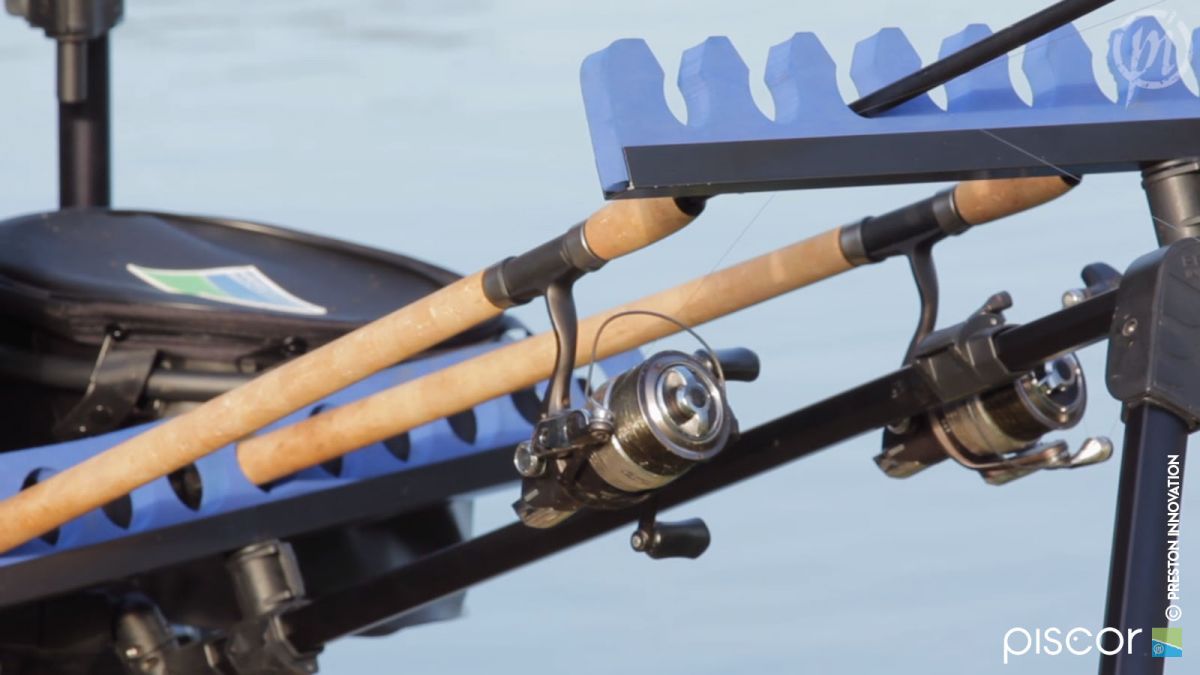We have seen which are the origins of feeder fishing, an Anglo-Saxon technique that nowadays continues to achieve resounding success and that is now evolving rapidly both from a technical point of view and from a point of view of evolution of gears.
Let’s now talk about rods, the real core of this technique, that have not only the onerous task to cast heavy loads at long distance and to fight against oversize fishes, but also a very delicate and important task to transmit and signal also the faintest bites of tricky preys.
Ledgering rods are very powerful and strong tools but at the same time they must be also lightweight and manageable given the high number of casts and recoveries averagely required during a feeder fishing session.
Entirely made of carbon fibers and usually designed with 2 main put-in section (butt and tip holder) and supplied with some interchangeable tips of different powers, rigidity and materials that help the angler to best cope with the peculiarities of the take, from the spot to the prey’s type and to the type of rig used.
The classic action of these rods, according to the English conception, is parabolic or parabolic/progressive even if the actual market trends dictated by the recent technical developments led to the creation of very professional tools for specific spot typologies with faster tip actions.
We can classify feeder fishing rods, according to their power, in:
• Light, short and manageable; the classic match “winkle picker” rods, between 9-11 ft lengths (2,7-3,3 m) with a casting weight between 30 and 60 g and a pronounced parabolic action, born to handle light loads in small waters where casting distance is not elevated.
Typical rods for still waters, very enjoyable on small preys but able to ensure also the catching of big and hard-fighting carps.
• “Standard” rods with a parabolic/progressive action between 12 and 13 ft lengths (3,6-3,9 m) with casting weight between 30 and 90 g (1-3 oz).
These are the most polyvalent rods that allow to validly cope with a large variety of environments and preys.
• “Heavy” rods, that are powerful rods with progressive tip action, with lengths of 13 and 14 ft and high casting weights, up to 120/150 g (4-5 oz).
We’re talking about the most extreme feeder fishing tools, studied to handle the most difficult conditions both as casting necessities both as handling of heavy loads and for the fighting with oversize preys.
Heavy rods can be further subdivided into: Specialist, Continental and Commercial The Specialist are studied for the catching of biggest and hard fighting preys, and for this reason are designed with 2 put-in elements and a tubular tip (avon) without the classic interchangeable tips.
This because in this way the power for the fighting with big preys is mainly enhanced than the extreme sensitivity on bites.
Usually in these rods the casting weight is not indicated but you can find the power estimated by the TC (test curve) as for the carp fishing rods.
The Continental are rods with standard action (and with a “standard” design) but more powerful, studied to be used in the European vast river waters (and from here the name Continental) in which the main necessity is to cast big feeders at long distances and in waters with strong currents.
The Commercial, instead, are rods designed for sport fishing private carp lakes and carpodromes.
They are powerful tools but at the same time manageable.
Their lengths are between 8 and 12 ft and they present a bent butt.
These rods are studied to work at short distances and to best handle struggles in narrow areas; excellent for pellet feeder fishing, very used and profitable in small lakes.

